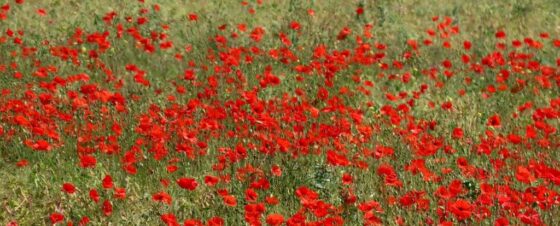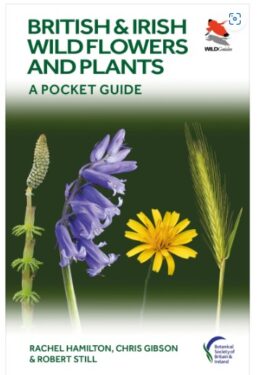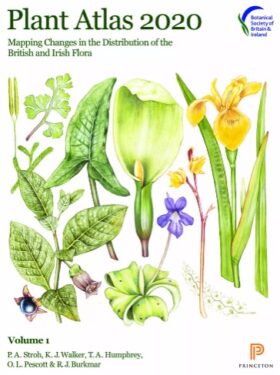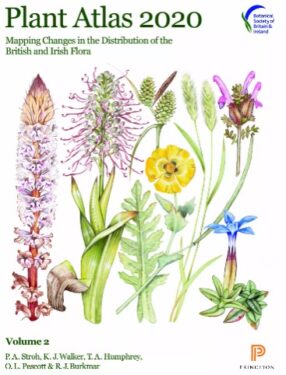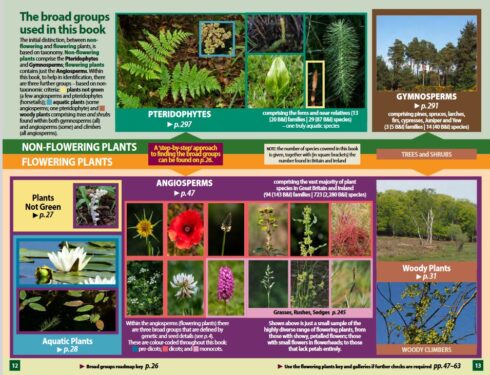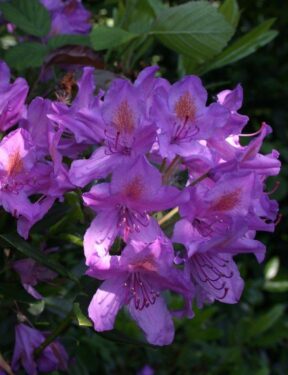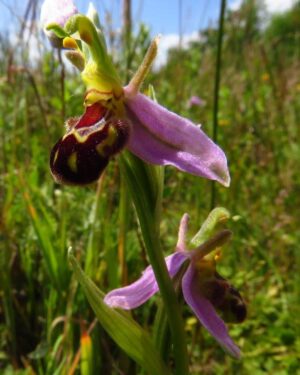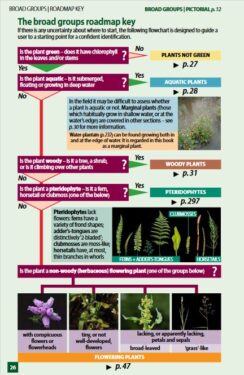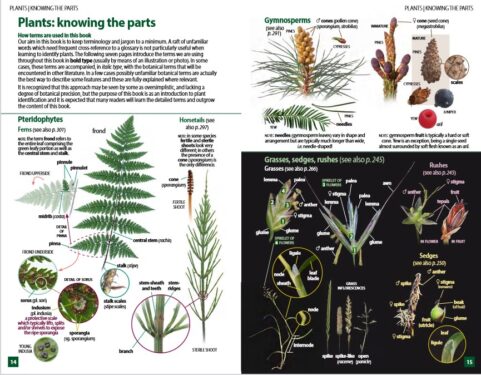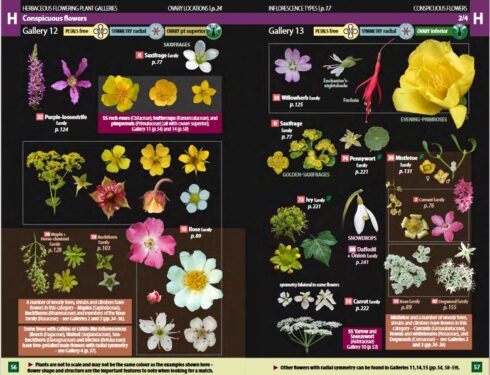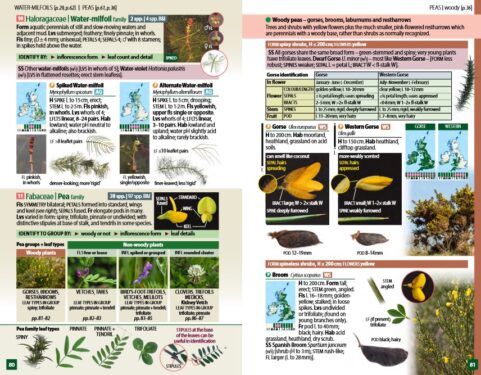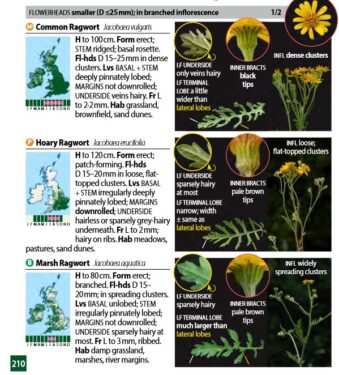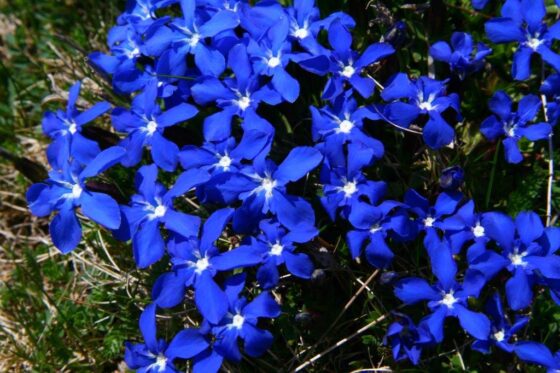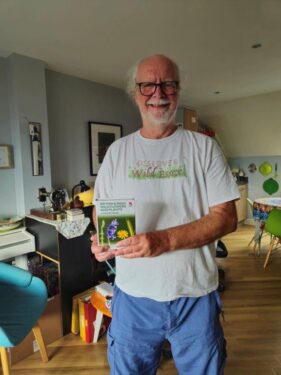After a series of false starts, our new WILDGuide is winging its way to those who pre-ordered and into the shops! What makes this different to other botanical field guides on the market? Why should anyone buy it?
Firstly, it deals only with the 600+ most widespread plants you are likely to see, wherever you are, using distribution data from the new, magisterial Plant Atlas 2020 from the BSBI (also published by Princeton University Press). Every plant found wild in more than a third of the 10km-squares of Britain & Ireland is covered.
We deal with everything from ferns and conifers to flowering plants, including grasses, sedges and rushes – some groups that often fall off the radar, but which are interesting, ecologically important and eminently identifiable if you have a way in. This is that way in.
But no distinction is made between natives and non-natives. If you are likely to see a plant in the wild, it will be included, irrespective of its provenance. Recording the arrival and establishment of non-native species is a vital role of the army of citizen scientists in Britain & Ireland.
We begin with a roadmap that allows identification by a range of methods, from flower, to twigs to habitat forms. We take you through the process of identification, learning as you go: an antidote to the ‘flick and pick‘ of so many guides and to the apps that give the ‘what’ (usually – but certainly not always – correct!) but not the ‘why’.
The roadmap leads to the Galleries, a process from which jargon has been stripped out wherever possible. Necessary botanical detail is explained with annotated photos (and serving also as a compendium of terms that will be found in other books).
The Galleries help you arrive at a family. Here are two Galleries of flowery families, those with superior ovary, radially symmetrical flowers, free (non-fused) petals, and with either superior ovary or inferior ovary, for example:
Visual matching with the Gallery images then points you to the species accounts, arranged by family. Big families are broken down into bite-sized chunks, and comparison tables deployed where it seems useful.
The entry for each of the species covered includes, with photos of detailed botanical close-ups and often plants in their natural habitat, all annotated to highlight their distinctive identifying features, with distribution maps, and icons to show phenology etc.
Hopefully that process will get you to the right answer: identification achieved, and job done. Unless of course it is a rarer plant that we don’t cover. Your appetite for plant identification might just be whetted!
Will it become the indispensable guide for beginners and improvers alike, and to those undertaking botanical surveys, in a readily portable format? We hope so – it is your springboard into the exciting world of botany! And with 320 pages and more than 4,000 images, good value as well as useful…
Then in a couple of years, there will be a three-volume companion set to cover ALL of the plants wild in Britain & Ireland. Chris Packham referred to an earlier WILDGuide on Britain’s Orchids as ‘the future of field guides.’ Hopefully you will agree the future has now arrived!
The book should be available in all good bookshops, in the real world as well as online, and direct from Princeton University Press at British and Irish Wild Flowers and Plants | Princeton University Press. Happy botanizing!
